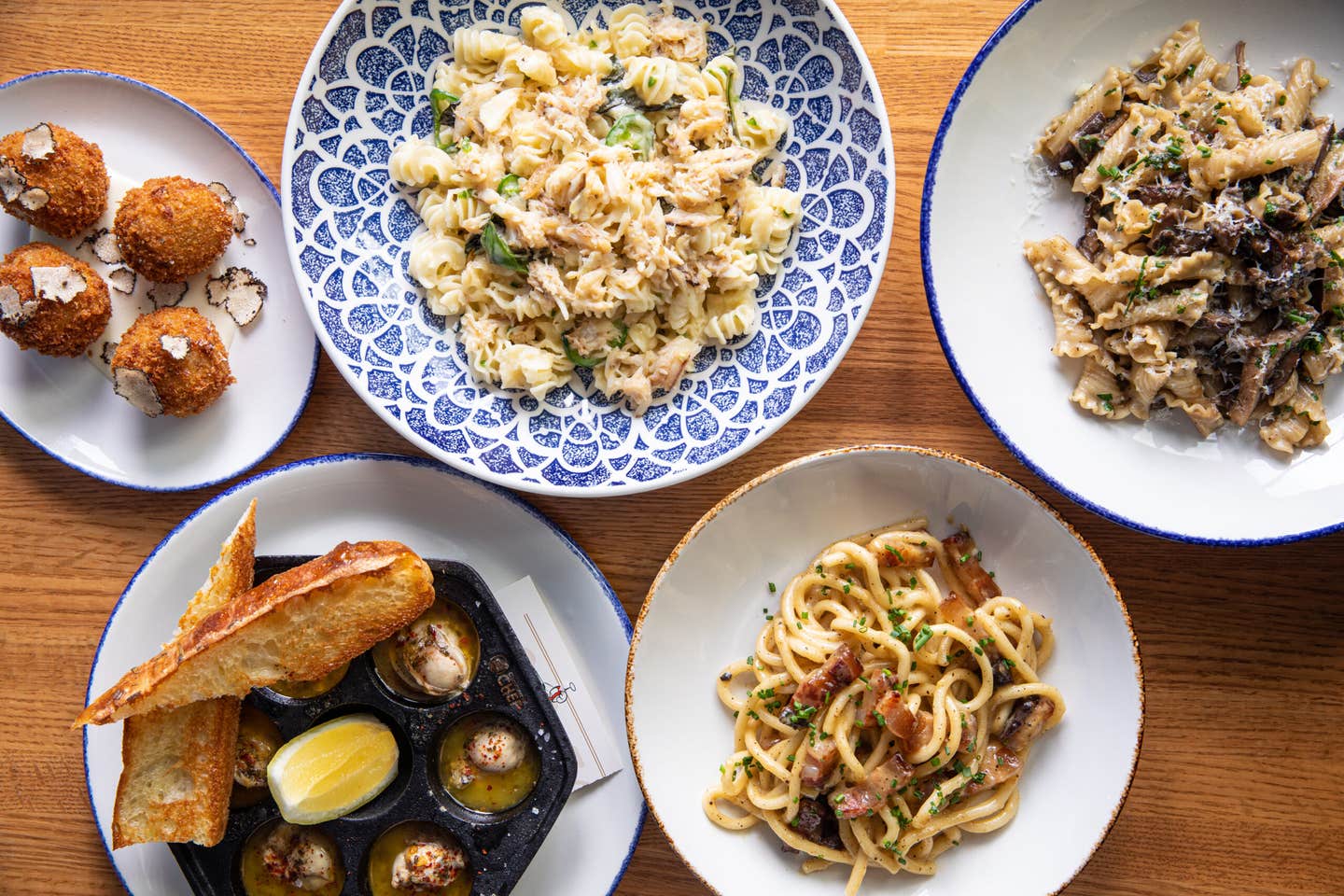
The Ultimate Italian Food Crawl Through New Orleans
Immigrants from southern Italy left their mark on the local restaurant scene—but it’s not all muffulettas and red gravy in the Crescent City anymore.
In a city synonymous with Creole and Cajun cuisine, Italian food too often gets left out of the conversation. But look close, and you’ll see traces of Italy everywhere in New Orleans—in the classic muffuletta sandwich, in the breadcrumb-stuffed artichokes on holiday tables, and in business names like Delmonico and Monteleone.
Droves of Sicilian immigrants arrived in the Crescent City around the turn of the 20th century, when the city’s restaurant culture was just finding its footing. They planted, foraged, fished, sold, and cooked much of the food locals ate. But just as these immigrants introduced locals to Italian foods and flavors, so too was New Orleans influencing the way Italians cooked: at home and in restaurants, Italian American chefs began adding Gulf Coast ingredients and Creole spices to their traditional fare, creating bold dishes that would go on to become New Orleans classics. Soon the Creole Italian restaurant—the kind of family joint with striped awnings and neon signs, where tables were piled high with fried fish and spaghetti—was born.
In New Orleans, the past often seems preserved under cloudy glass. With fourth-generation Italians at their helm, many storied institutions have remained little changed for decades, which is part of their charm. But these old-school checkered-tablecloth restaurants haven’t had it easy: Survivors have weathered hurricanes and a pandemic, gentrification and crumbling infrastructure. Yet they somehow continue to churn out delicious conundrums like “spaghetti Bordelaise,” BBQ shrimp (more on that later), and Creole-style “red gravy” (tomato sauce enriched with dark roux). In today’s larger, more diverse restaurant scene, these historic Italian spots hold a distinct charm that newcomer chefs respect—but know better than to try to replicate.
In a changing city, outside influence looks a little different than it did a century ago. Fast-forward to the present, and there’s a new crop of Italian restaurants bringing in contemporary flavors and technique—think fresh snapper crudo instead of veal parm, bottles of natural Frappato in lieu of Chianti Classico. Take a journey through New Orleans’ Italian restaurants, old and new, and find in each one a distinct taste of the Crescent City; this is, after all, a place that knows better than any how to take on a myriad of flavors and make them its own.
4137 US-90 West, Westwego
504-436-8950
A deep-pocketed customer once chartered a private plane from Houston to New Orleans solely to dine at this 77-year-old rustic Ligurian restaurant, whose pan-roasted chicken à la grande with whole garlic cloves has national notoriety. Mosca’s is an unassuming roadhouse on a lone stretch of I-90 across the Mississippi River, which makes it all the more popular with in-the-know locals and celebrities who want to keep a low profile. Renowned chefs like Alon Shaya come for the jukebox, martinis, and dinner. “I dream about putting garlicky and buttery oysters Mosca over my angel hair pasta bordelaise,” he told me over email. “A dish like this only exists here.”
214 N. Carrollton Ave.
504-486-0078
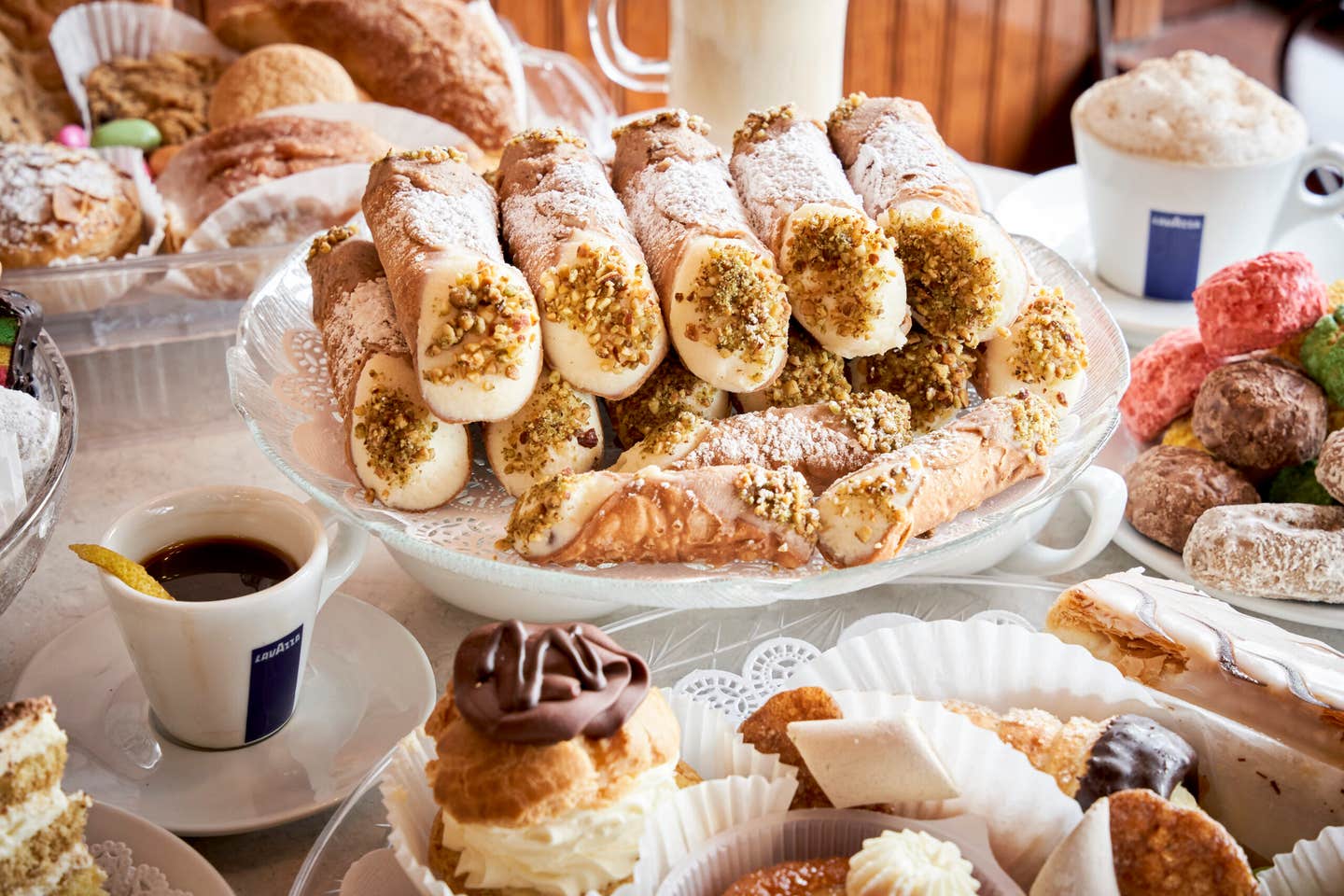
Cannoli (filled to order), Neapolitan-style babas au rhum, mezzo cremas, and napoleons dazzle sweet-toothed customers at one of the oldest Italian businesses in the city. The line is often down the block for Sicilian granita and gelato, which Angelo and his brother learned to scoop as teenage apprentices in the ice cream parlors of Palermo. Torroncino, a vanilla gelato with cinnamon and almonds, was the first flavor at their 1905 establishment, but stracciatella, with its perfectly layered ribbons of chocolate, is a longstanding favorite.
1243 Frenchmen St.
504-224-2892
This warm corner restaurant feels inviting with its contemporary color palette and amaro-heavy cocktail list, but Margot’s centerpiece is the wood-fired pizza oven. Settle in for standout pies such as the squash pizza, which layers ricotta, pesto, and garlic confit on a sourdough crust. Of all the restaurant’s natural wines and Italian-inspired drinks, my favorite libation is the Dante’s Garibaldi cocktail, whose two ingredients—Campari from the north, and orange juice from the south—are said to represent the unification of Italy.
611 Frenchmen St.
504-948-3800
There are nights when you fall in love with New Orleans and its strange magic all over again, like when a friend leads you up the crooked stairs to Adolfo’s, a converted one-bedroom apartment perched above the busiest music street in the city. In the crowded dining room, the aroma of garlic always lingers, and the maximalist Creole Italian “ocean sauce”—a creamy medley of shrimp, crawfish, and crabmeat—comes on everything from veal to flounder to linguini.
3800 Canal St.
504-482-9179
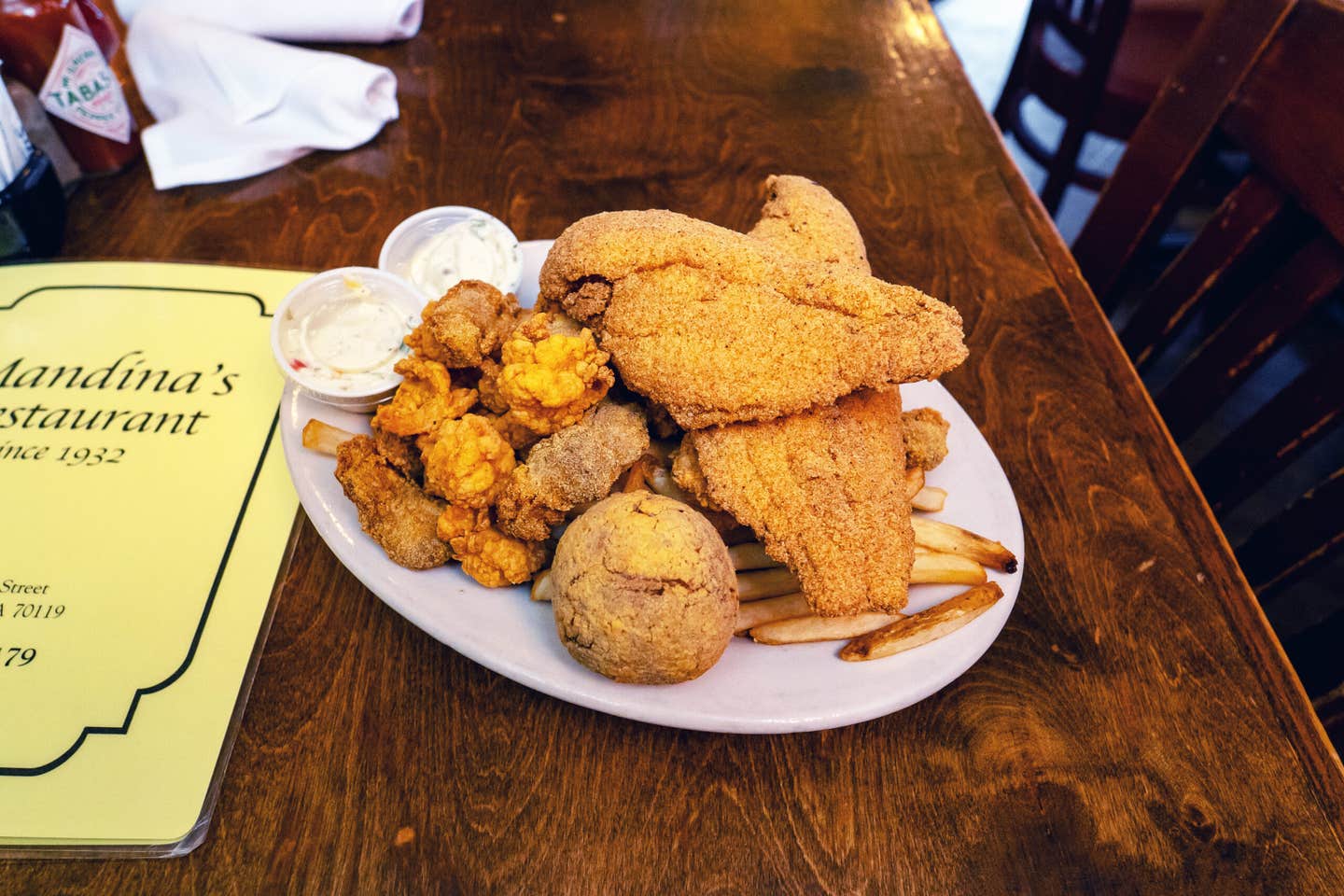
A step off the streetcar and into Mandina’s transports you back to a time of bow-tied waiters and handshake deals (both of which are alive and well here). A Palermo immigrant named Sebastian Mandina opened Mandina’s as a grocery store in this big pink house in 1898. The menu is large (as are the portions) and covers both Italian and Creole staples that run the gamut from eggplant parm and spaghetti to shrimp remoulade and fried fish amandine. I love the oyster and artichoke soup with its blond roux, herbs, and oyster liquor—Italian-New Orleans fusion at its finest.
1838 Napoleon Ave.
504-895-4877
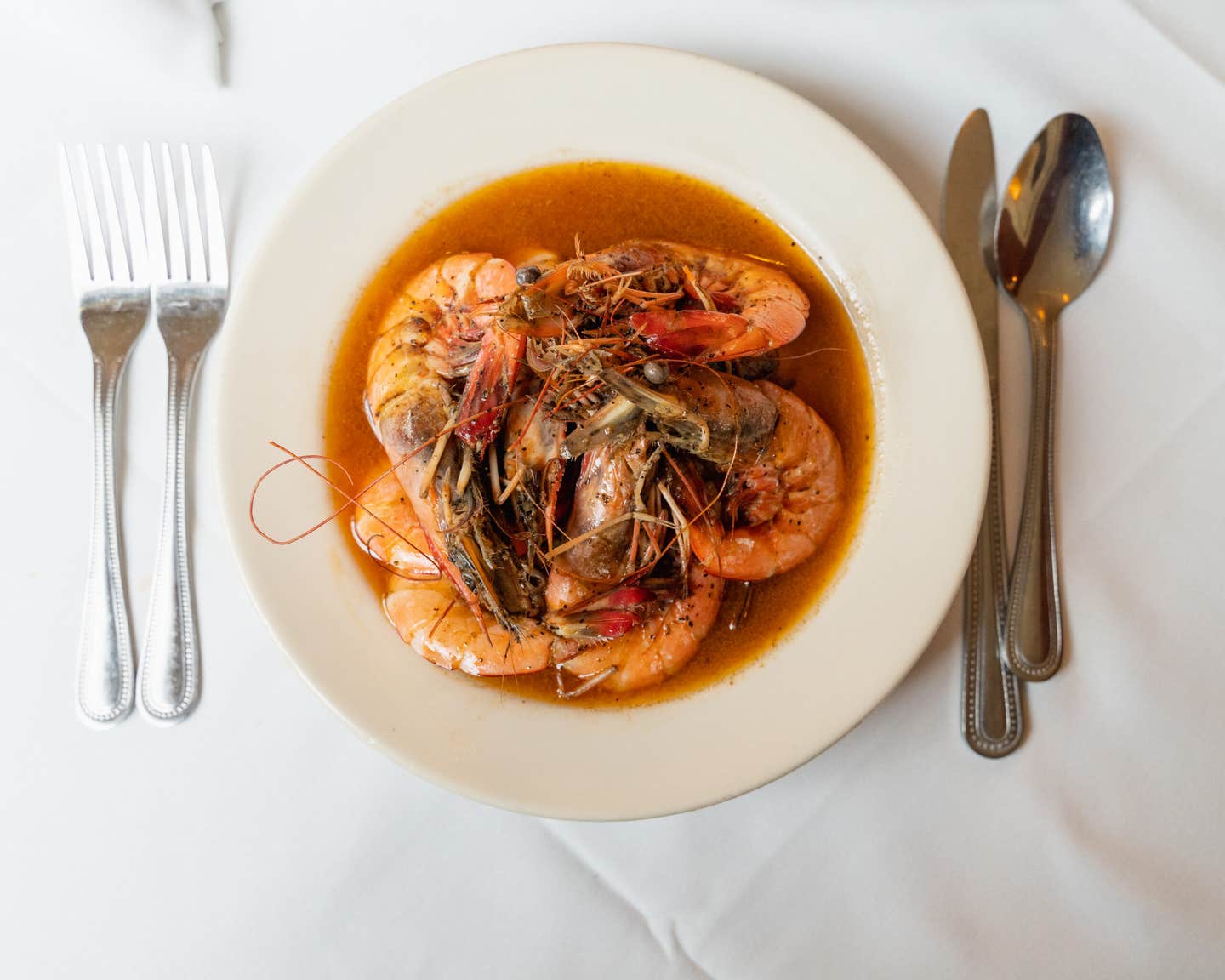
In 1913, the Defelice family bought a corner store on Napoleon Avenue and went on to invent an iconic dish: New Orleans-style BBQ shrimp. The recipe often confounds outsiders, as the shrimp is neither barbecued nor saucy but rather sautéed with plenty of butter, spices, and a kick of Worcestershire sauce. The restaurant is under new ownership, but happily there are few changes. In the cocktail lounge, the world’s friendliest shuckers hold court at a marble-topped bar; pleasant old-school rituals, like using the round oyster tokens to pay for your dozen, keep the Pascal's charm alive.
4609 Magazine St.
504-273-1268
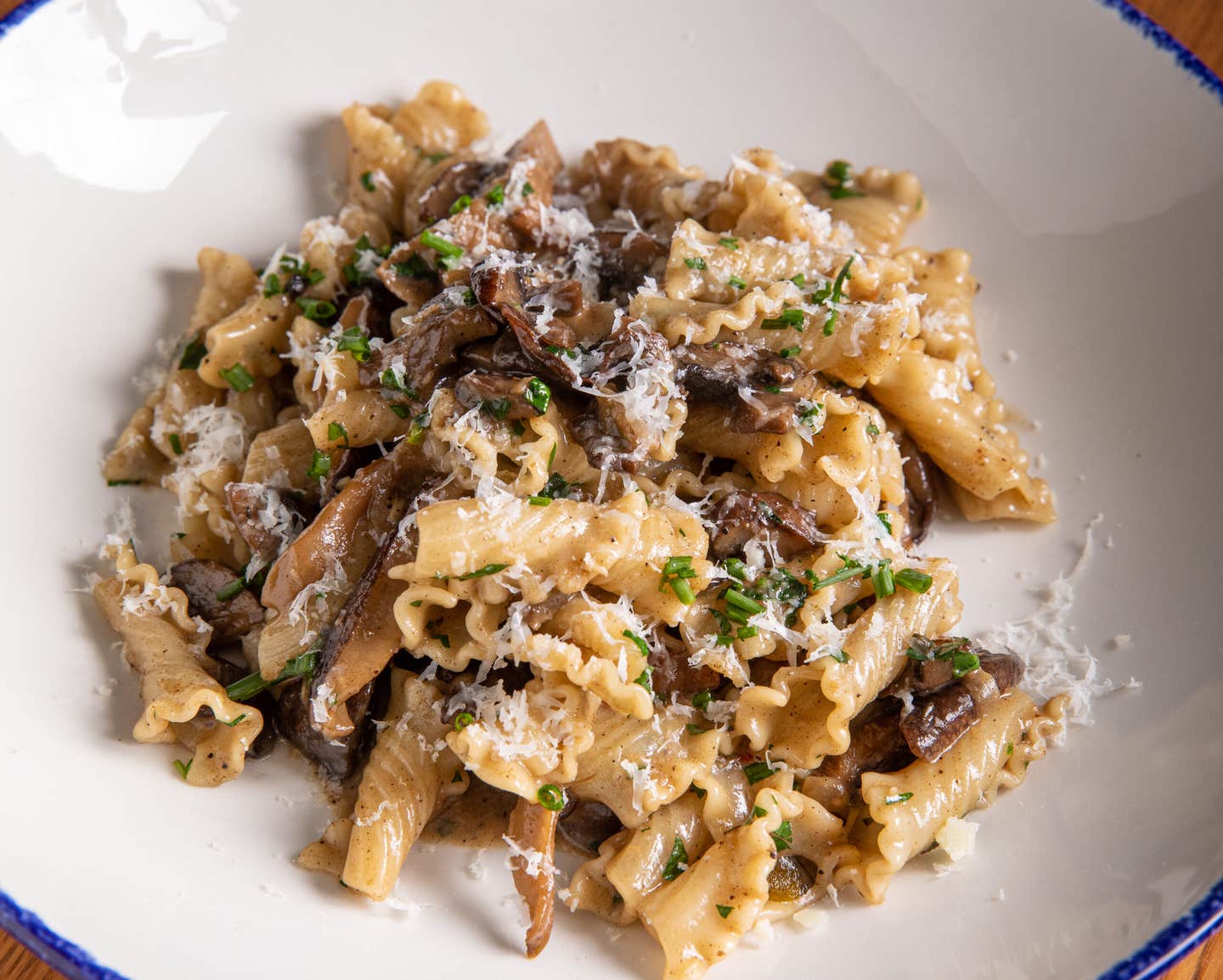
Osteria Lupo is a deliberate departure from Italian American restaurants of the past: There are no tablecloths here, no red sauce or veal. Primi and secondi are served family-style, and the moody blue interior is sophisticated but warm with converted garage doors opening up onto Magazine Street. The cuisines of central and northern Italy inspire the menu, as does local produce, which often gets charred in the wood-fire oven. Expect a variety of fresh pastas and focaccie, and plenty of Gulf seafood brightened with local citrus, Calabrian chile, and spicy nduja.
1507 Magazine St.
504-350-2450
A maze of palm trees, red brick courtyards, and rattan, this luxury property seems to straddle The Garden District and the Amalfi Coast; dishes like squid ink pasta and textbook-perfect carbonara make you feel like you’re on a dream Italian vacation. While celebrity-spotting by the pool, sip Cappelletti-spiked “Italian margaritas” and spring for what’s likely the city’s best Caesar salad, piled high with chile breadcrumbs and white anchovies.
4330 Magazine St.
504-895-9761
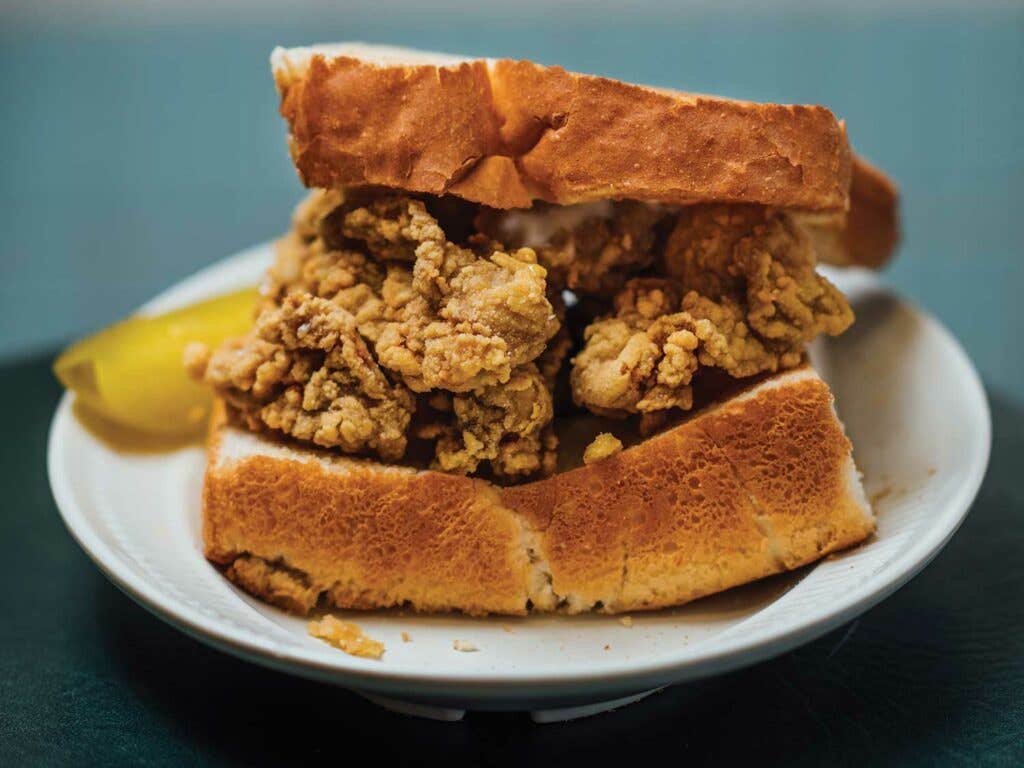
Forty miles off the coast of Palermo, in the Tyrrhenian Sea, sits Ustica, a tiny island with an outsized role in New Orleans history. The city is home to the world’s highest concentration of Usticesi immigrants and their descendents, who historically were an integral part of the local oyster (and subsequently, seafood restaurant) industry. One such restaurateur was Joe Casamento, who founded his namesake eatery in 1919. Not much has changed since: Oysters are the main event, and shuckers lay them on ice along the large bar in front at breakneck speed. Patrons line up early to eat them either raw, char-grilled, or fried, or piled between two slices of “pan bread,” Casamento’s specialty resembling Texas toast.
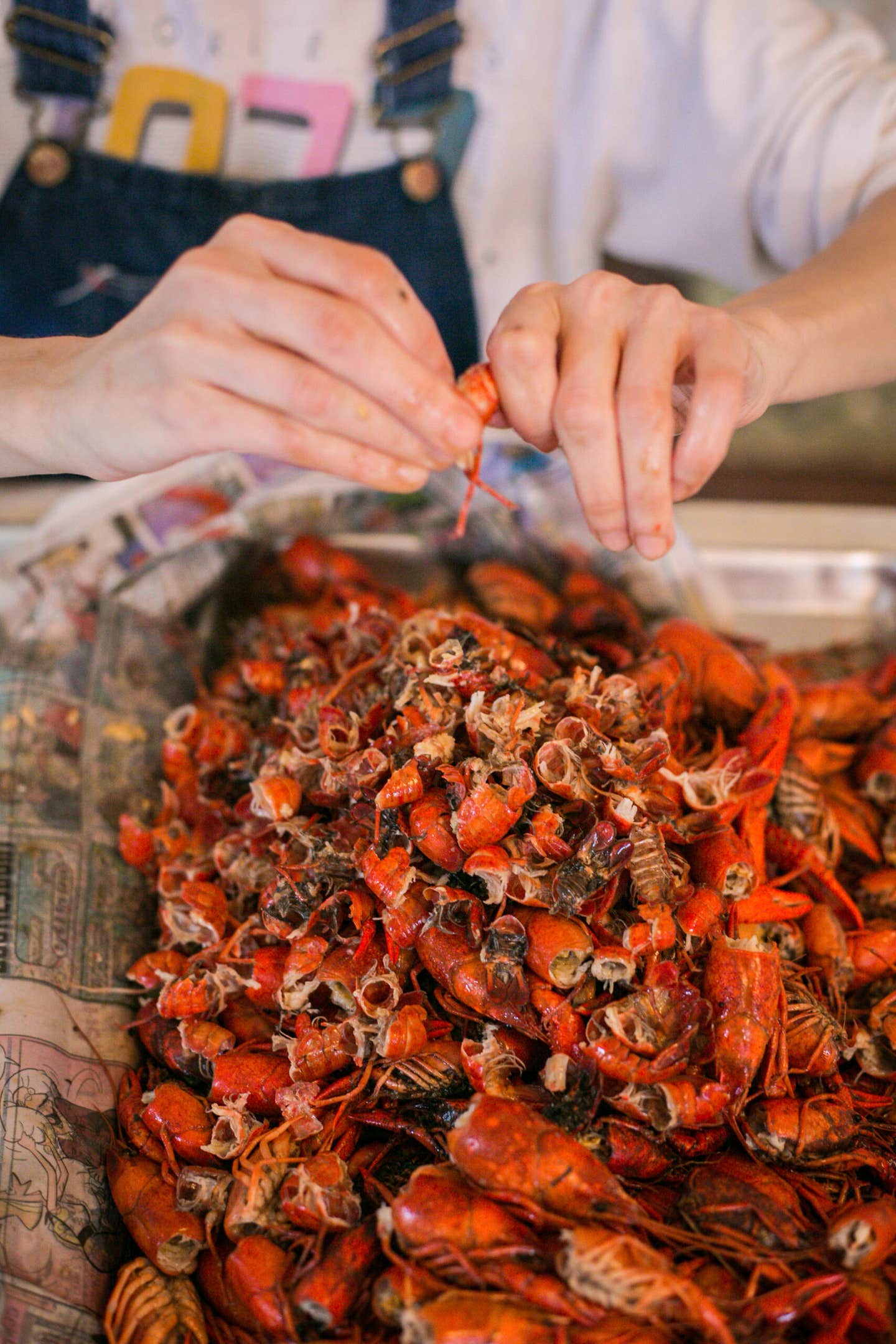

Keep Reading
Continue to Next Story










